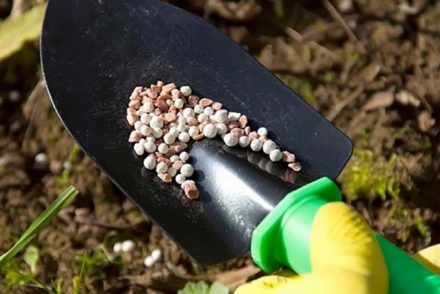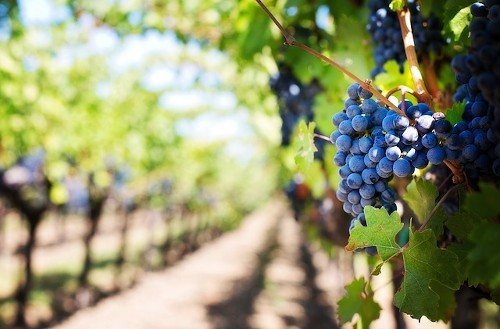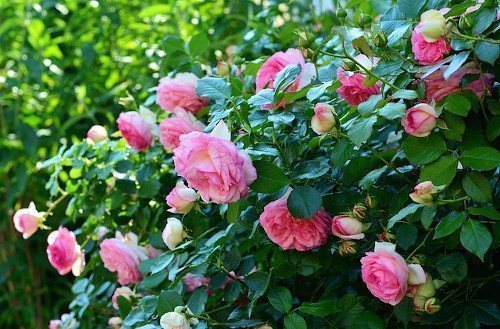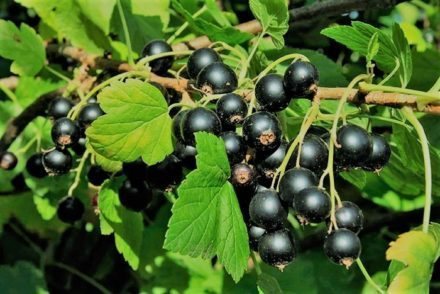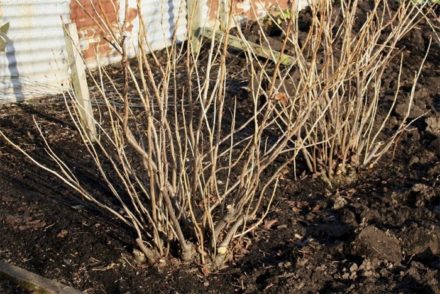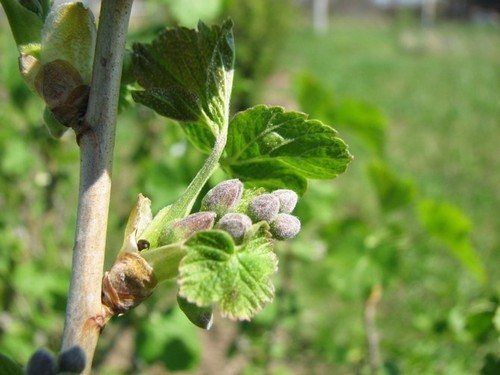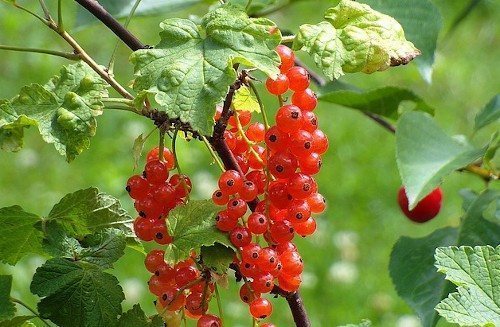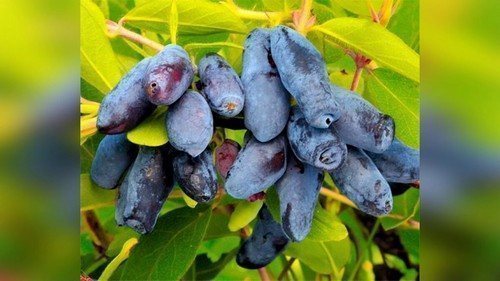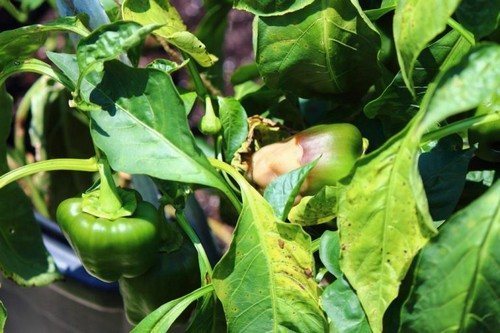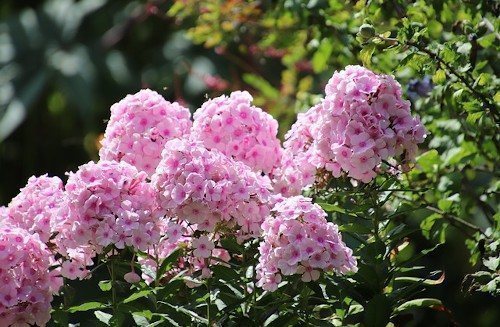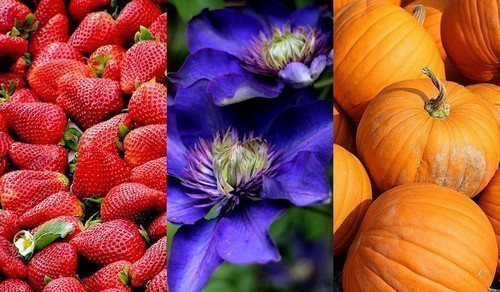Currant is a fruit and berry bush that is among the first to wake up in spring in central Russia. Like all plants during this period, it needs care. The best time to feed is when the snow melts and the buds begin to swell.
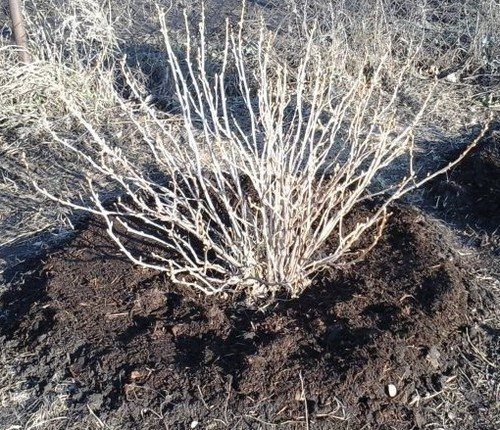
By this time, old foliage is removed from under the bush, spring pruning is done, and the soil is loosened to the width of the tree trunk circle.
Application of mineral fertilizers
The basis of spring feeding is nitrogen. Popular nitrogen fertilizers are ammonium nitrate and urea. Apply, scattering under the plant in a circle around the trunk, in dry form. For young plantings - 50 g, for adults - 100.
Since nitrogen fertilizers can easily evaporate from the soil, the soil is dug up or loosened, then watered thoroughly.
When applying fertilizer for the first time, phosphorus and potassium are added to ensure abundant fruiting and improve the quality of the berries. To avoid mistakes in proportions, use nitroammophoska. The fertilizer is balanced and ready for use.
30 g of nitroammophoska are diluted in 10 liters of water, mixed, and the granules are allowed to dissolve. Use 5 liters per adult bush. Before applying fertilizer, water the currants thoroughly.
Fertilizing with organic fertilizers
Some gardeners prefer to feed plants exclusively with organic matter, considering this method environmentally friendly and harmless to health.
Liquid mullein
The infusion of liquid mullein contains the elements necessary for growth and fruiting.It is believed that mullein and slurry are one and the same. But this is far from true.
Slurry is a freshly prepared solution, mullein is a fermented mass. For preparation use:
- 1 part fresh manure;
- 5 parts clean water.
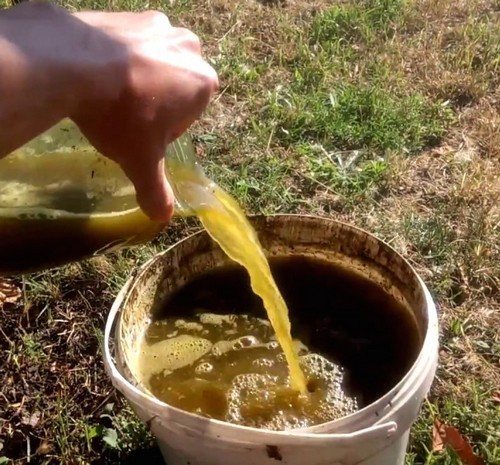
The manure is poured with warm water and, covered, left to ferment for 2 weeks. Every day the contents are thoroughly mixed and re-closed. When the process begins, bubbles will appear on the surface. After fermentation is complete, the solution will lighten and the contents will settle to the bottom.
When used, mullein is diluted with water in a ratio of 1:10.
Liquid fertilizer made from chicken manure
In chicken droppings, the concentration of organic substances is 3 times higher than in mullein. It is impossible to feed currants with manure in its pure form, as it can harm the plant, so prepare a liquid infusion.
Fill the container halfway with chicken droppings and fill it to the top with water. Stir, cover and leave to brew for a week.
When using ready-made chicken manure concentrate, dilute with water in a ratio of 1:15.
Feeding with bread infusion
To prepare an infusion of bread crusts with 5 liters of water you will need:
- 1 kg of stale bread;
- 2 tbsp. spoons of sugar;
- 5 packs (50 g) fresh yeast;
- banana peels (if available).
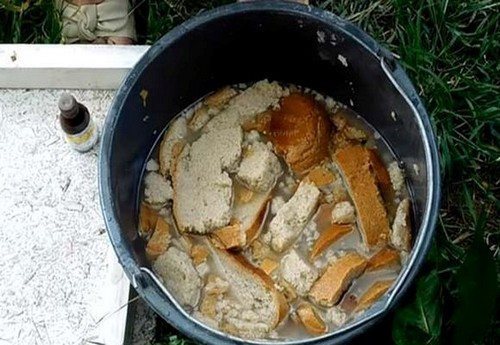
Pour warm water over the bread, sugar, yeast and banana peels, leave for several days to ferment, stirring regularly. The solution is ready as soon as fermentation ends. Apply in a ratio of 1:10.
Fertilizing with infusion of potato peelings
Some gardeners dry potato peelings during the winter, from which they make liquid fertilizer for currants in the spring.Starch contains a lot of potassium, so this tincture is very useful. Fresh peelings are also suitable for preparing the infusion.
You can collect and dry the small potatoes in the fall, after the potatoes have been dug, and store them along with the rest of the harvest. In the spring, these small potatoes will make an excellent organic fertilizer for currants.
To prepare the infusion, pour 4 or 5 handfuls of dry peelings into 10 liters of boiling water and infuse for a week, stirring every day. After a few days, fermentation will appear. The fertilizing is ready when the process is finished.
Important! You should not bury potato peelings and bread crusts under bushes - this will attract mice.
Fertilizing with green fertilizer
A nitrogen-rich infusion of fermented fresh grass has a beneficial effect on plant development. Although in early spring there is still little grass, it already turns green in the bright sun, so:
- fill half the container with grass;
- pour boiling water to full volume;
- you can add sugar or fermented jam;
- leave for two weeks in the sun in a warm place.
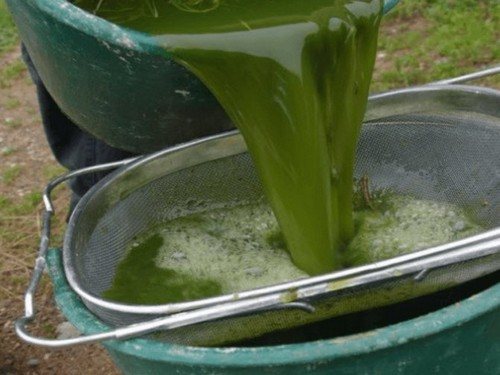
The only disadvantage of this method is the unpleasant odor, which becomes stronger as the concentrate ferments. The fertilizing is ready when the process is complete and the liquid acquires a rich, dirty green color. When watering, the concentrate is diluted 1:10, using a bucket of fertilizer for one adult bush.
To ensure that the plant receives potassium and phosphorus with nitrogen fertilizer, before watering, add ash and bone meal to the bush and mulch it with soil. Ash is rich in potassium fertilizers, and bone meal is rich in phosphorus.
Do not apply the solution directly under the root.Make a furrow around the bush along the perimeter of the crown and carefully pour the solution around the plant, this gives the solution access to the entire root system. The furrow is mulched with earth, peat or humus.
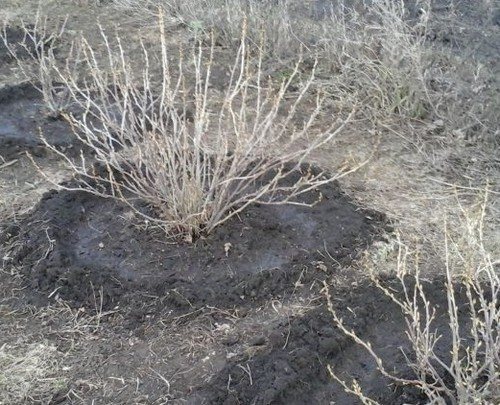
Any fertilizer used for currants in the spring will have a beneficial effect on the development of the plant. You should not get carried away with nitrogen fertilizers - they are useful only in the spring.


